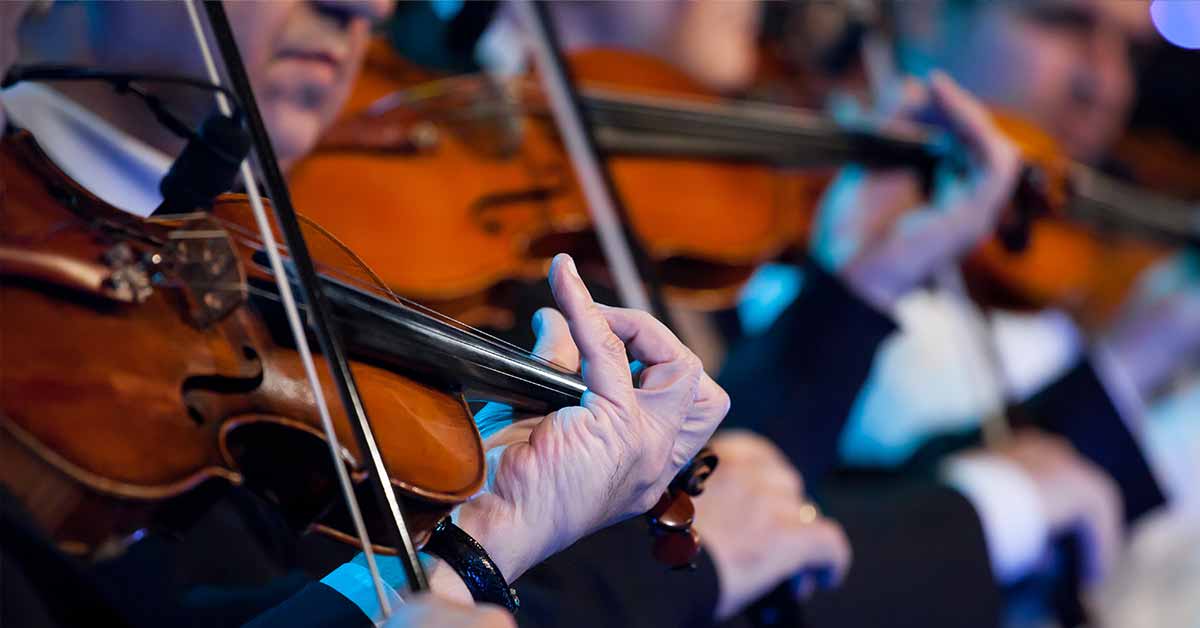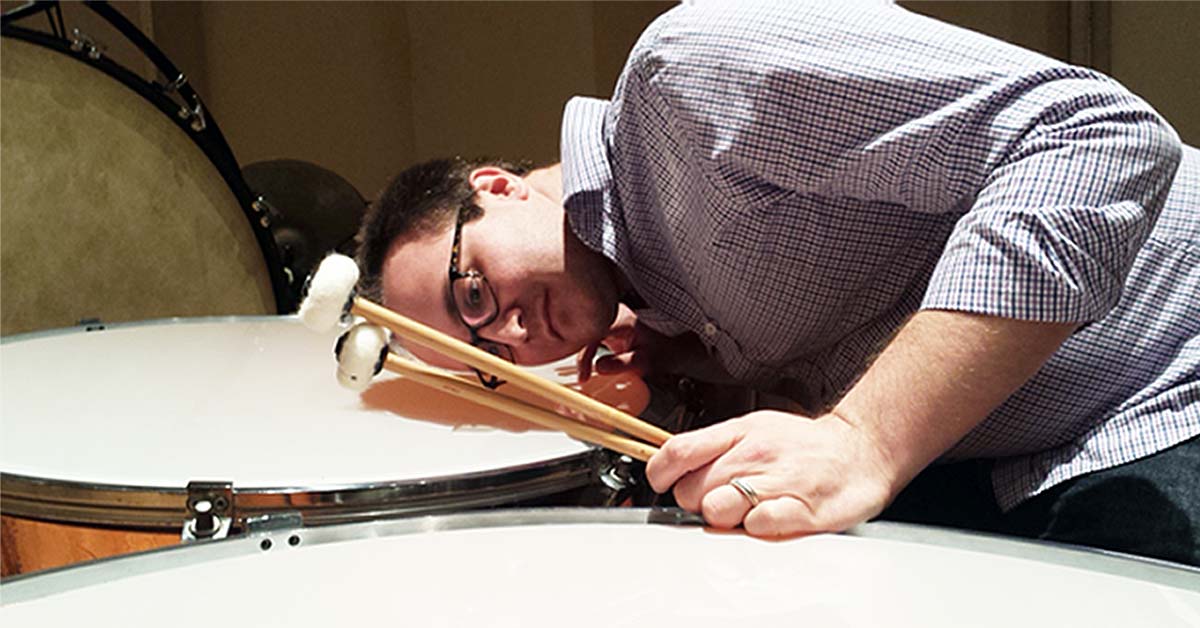Over the past few years, several prominent classical music pundits have been proclaiming the death of classical music recordings. Contrary to that, classical music advocates have been steadily countering those claims by painting the purveyors as prophets of doom and gloom.
Like a tennis match, both sides lob statistics back and forth trying to discredit the other. Nevertheless, the method which classical music recordings have been produced and consumed in the past is, in fact, dying. At the same time, there is undeniable proof that newer mediums for consuming classical music recordings have adequately demonstrated sincere potential.
Good News & Bad News
The bad news is that the traditional method of creating a large-budget classical music recording that also guarantees substantial payments made in advance to artists are not far from having he plug pulled. 2006 was witness to more than a few nails in the classical music recording coffin: Warner Classics shut down, Tower Records (one of the largest retailers of classical music) went out of business, and classical music radio stations in several large U.S. markets changed format or dropped live concert broadcasts.
All of these events point to the undeniable fact that less people have access to or are actively interested in traditional methods of purchasing classical music recordings than in the past. As a result, orchestras (which once relied heavily on revenue derived from recording projects and broadcast fees) were left with gaping holes in a revenue stream that was all too thin.
To say the least, the results caused increased tension between orchestra managers and musicians. As collective bargaining agreement negotiations came around, both sides adopted a hard line stance to reinstate recording and broadcast activities. Orchestra managers would serve the first volley by demanding that musicians drop their traditional upfront payments in lieu of adopting profit-sharing plans or foregoing remuneration altogether. The latter viewpoint was rationalized by the belief that exposure, not income, was the only remaining component of value left in recordings. If the musicians refused to record under those terms then the administration refused to seek funding opportunities.
Musicians fired back against these ideas by pointing out that income from recordings rarely exceeded expenses in unsubsidized projects so profit-sharing was tantamount to forgoing payment. Furthermore, a history of expense and income recording abuses by some prominent orchestra administrators made it very difficult for musicians to trust recent offers.
As for foregoing payment altogether for the sake of increased exposure, that idea was never a big hit among the musicians. After all, orchestra musicians and solo artists had been paid very well over the past several decades from their recording work and who wants to get paid nothing for doing the same work?
Nevertheless, the good news was that although traditional classical music recording mediums were on a downswing, new options were showing significant promise. Perhaps the most instrumental event was when BBC Radio3 made certain complete Beethoven Symphonies available for download free of charge, they experienced 1.4m downloads in two weeks. Consequently, it was difficult thereafter for anyone to claim that there wasn’t significant interest in classical music recordings.
Furthermore, the Knight Foundation’s Classical Music Consumer Segmentation Study identified that the demand for classical music in the U.S. was vast:
“More than half of those interested in classical music listened to it on the radio at least several times a month. Almost three quarters owned at least one classical CD and on average they owned 16 classical CDs.
Most of those who expressed some interest in classical music did not consider the concert hall the preferred place to listen to it. The automobile was the single most frequently used venue for classical music, followed by the home.”
Unfortunately, what remained was a distinct disconnect between this newly identified demand and the recording/broadcast product as it was traditionally created.
“The Answer, My Friend, Is Blowin’ In The Wind”
In order to avoid a self-fulfilling prophecy, some groups began taking steps toward finding new solutions. Since 2000, the Nashville Symphony managed to craft a lucrative recording agreement that the symphony association, its musicians, and the recording label NAXOS found agreeable. The deal provided up-front payments to musicians that fell within the existing recording guidelines enforced by the American Federation of Musicians while simultaneously not becoming fiscally prohibitive. To date, they have produced 10 recordings featuring music from standard and contemporary composers alike.
Perhaps one of the most significant breakthroughs in how classical music recordings are created and distributed came about in 1999 before the online music download boom went mainstream. In that year, the American Federation of Musicians adopted the AFM Internet Agreement, which placed many of the decisions surrounding electronic media compensation, etc. directly in the hands of musicians. The agreement provided a way for ensembles to form a joint committee of musicians and managers to craft new agreements outside of regularly scheduled collective bargaining agreement negotiations.
However, it wasn’t until 2005 before an organization took advantage of this new agreement. The Milwaukee Symphony instituted a series of live recordings available for download through iTunes (and later on, other online distributors) to become the first organization to market a recorded product in this medium. Shortly after that first step, orchestras of all size and shape across the U.S. began to craft their own recording and broadcast deals.
To date, the results have been far reaching. In Chicago, the two largest classical music organizations, the Lyric Opera of Chicago and the Chicago Symphony Orchestra, returned to radio airwaves after a prolonged absence. In both cases, they found new sponsors to fund the broadcast initiatives, some of which could be later used for digital distribution and traditional CD release.
At the same time, the profitability of online downloads will take some time to develop. Recently, the Philadelphia Orchestra announced in an interview with the Philadelphia Inquirer that since opening its online music store, they have only had 524 paying customers. However, just over 5,000 have downloaded free copies of Beethoven’s Symphony No. 5.
On the other end of that spectrum, smaller budget, high quality, private classical music recording projects are very much alive. Although it requires a great deal of individual effort and a healthy does of personal risk to get such projects off the ground, individuals and small ensembles are taking advantage of technological advancements in order to record standard works as well as new compositions.
For example, Lyric Opera of Chicago Principal Horn, Jonathan Boen, recently released a recording of a full length concerto he commissioned for French Horn and orchestra by composer Jan Bach. Instead of relying on an established orchestral organization to spearhead the recording project, Jon took matters into his own hands to raise the necessary funds (nearly $50,000) to record the concerto with the Chicago Philharmonic. The details of the project are featured in a pair of articles he wrote about the project (Part 1 & Part 2).
As for broadcasts, even though the traditional bastion for classical music, NPR, has been systematically cutting back on classical programming, Ken Stern, NPR’s chief executive, asserts in an interview with the Washington Post that the organization has been “creating online ventures that aim to keep listeners aware of the latest in classical…musical genres.”
Conclusions
Instead of trying to testify that classical music recordings and broadcasts are either dying or thriving, perhaps the best way to look at the entire picture is that the medium is in a state of flux. It is foolish to think that classical music recordings are going to go away forever. Similarly, it is just as foolhardy to proclaim that the business is better than ever and using recordings and broadcasts to get on the fast track toward mainstream relevance. Instead, it will simply take time for everything to work itself out. Along the way, there will be some monumental failures accompanied by some surprising triumphs.
In the end, dynamic variables such as price point, availability, artistic quality, a fluctuating base knowledge level among listeners, advancements in technology and distribution methods, and the general health of the overall classical music field will undoubtedly produce a recording and broadcast environment that is both familiar and alien to what most listeners know today.










